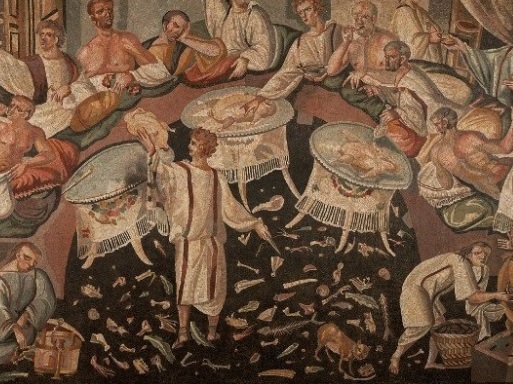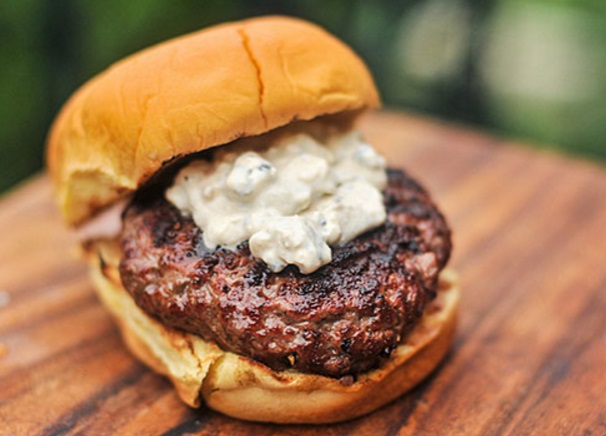
In today’s modern world, fast food has become ubiquitous. Some people embrace it, while others critique it, often for political or cultural reasons. There are debates on topics like “McDonaldization” or the use of the word “French” in “French fries”. But how did these foods originate? What are the stories behind some of our favorite culinary delights? Let’s dive in.
1 – Tomato
Though tomatoes seem universal today, they haven’t always been. Indigenous to the Americas, the tomato was unknown to the rest of the world until Europeans discovered the continent. Interestingly, it was initially perceived as poisonous. From a feared food to a beloved staple, tomatoes have come a long way.
2 – Pizza
When tomatoes reached the shores of Italy, their potential danger was still suspected. However, the impoverished peasants, undeterred, combined them with bread. Little did they know, this simple dish would evolve into the globally adored pizza.

3 – Ketchup
Given the recent popularity of the tomato, how did ketchup come to be? The sauce we relish today is vastly different from its predecessor, which was primarily a fish sauce. Over time, new flavors, including tomatoes, were introduced to create the modern ketchup we know.
4 – Potato
Another gift from the Americas, potatoes made their European debut in 1536. Their pronunciation hints at their origins. Much like the tomato, they were initially thought to be harmful.
5 – French fries
How can potatoes from America be tied to the word “French”? The method of frying potatoes is credited to the French, leading Thomas Jefferson to describe them as “potatoes served in the French manner.”

6 – Hamburger
Contrary to its name, there’s no ‘ham’ in a hamburger. The term “hamburger” derives from Hamburg steak, a dish originating in the German city of Hamburg. The patty consists of ground meat, often beef.
7 – Ice cream
Ice was once so prized that emperors would send troops to collect it. The Chinese pioneered methods to preserve cold foods, laying the foundation for ice cream. As recipes evolved, ice cream parlours emerged, becoming staples in many cultures.
8 – Chocolate
The Aztecs of modern-day Mexico first introduced chocolate as a spicy liquid to the Spanish conquistadors. Lacking sweetness, the Europeans adapted and refined it, leading to the sweet chocolate bars we love today.

9 – Honey
The allure of honey dates back to ancient civilizations. The Ancient Egyptians held it in such high regard that they named a region of their country “Bee Land” in its honour.
10 – Biscuit
The term “biscuit” stems from the French words “bis,” meaning “twice,” and “cuit,” meaning “baked.” True to its name, original biscuits were baked twice, first as flat cakes, then again after removing the tin, resulting in a hard texture, making it a durable staple for soldiers.
From the humble beginnings of tomatoes and potatoes in the Americas to the revered status of honey in ancient Egypt, the foods we consume have rich histories. They’ve traversed continents, evolved in preparation, and found a place in our hearts and plates.
Are you intrigued by the histories of our everyday foods? Delve deeper! Read, explore, and perhaps even recreate ancient recipes to appreciate the journey of our culinary heritage. Every bite tells a story; make sure you’re listening.








